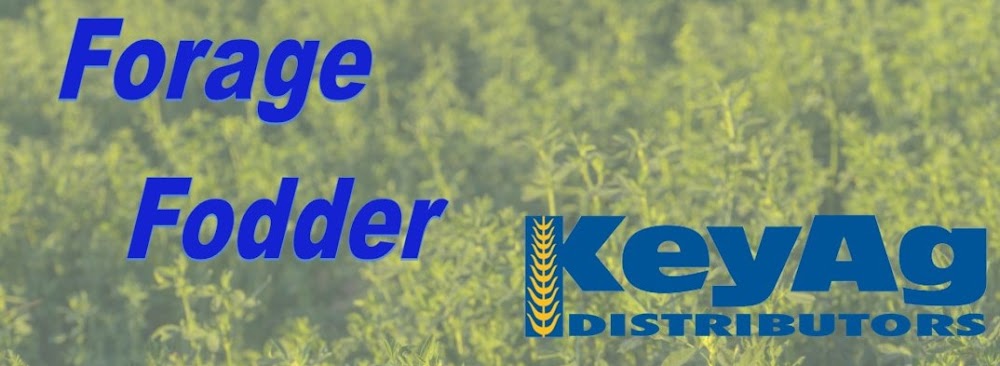Colorado—In the Aug. 10 report, compared to last report, trade activity and demand has softened. Hay trades are slow as second cutting is well underway across the state. Areas that have received a lot of rain since mid May have created challenges in putting up hay that will test. Later cut alfalfa with low test is going to be moving into the grinder markets. Producers have struggled to put up hay without any rain on it. According to Colorado Crop Progress report, alfalfa hay second cutting is 76% complete and third cutting is 14% compete.
Missouri—In the Aug. 10 report, compared to last report, the hay supply is light and hay prices are steady. Hay movement remains good, there is still a lot of trucks on the road regardless of which part of the state one happens to be. Cooler temperatures along with recent moisture has really changed the way most fields and pastures look around the state. The drought monitor has also shown some improvement, but it will continue to take time to replenish the subsoil and get the state totally back to better conditions. Several folks are now optimistically thinking there is a legitimate chance for a fall cutting of grass hay now.
Nebraska—In the Aug. 10 report, compared to last report, bales of alfalfa sold steady to $10 lower. Grass hay sold unevenly steady. Ground and delivered hay and alfalfa pellets sold steady. Demand was light to moderate for all forage products. Quite a lot of rained on hay across the western two thirds of the state. Producers in the east working on third cutting of alfalfa with producers in the panhandle just starting second cutting. Many producers in the west hope to get three cuttings of alfalfa this year. There is a huge supply of cane or millet that has been planted across the state just waiting for the right time to cut, bale or silage this product.
Oklahoma—In the Aug. 4 report, compared to the last report, drought is beginning to set back into parts of our state. The second or third cutting is harvesting just a quarter or half of the previous cuttings of hay. Oklahoma is in need of some scattered rain showers once again, along with cooler temperatures. In the central part of Oklahoma trades are good, while demand is moderate to light demand. In western areas, trades are slow, and the demand is light. Barns are full of hay. The eastern part of Oklahoma is seeing good trade and the demand is high. Hay is being sold as soon as it is baled in the field. Drought is in site once again. Which is causing the demand to rise. Next report will be released Aug. 18.
Texas—In the Aug. 11 report, compared to the last report, hay prices are mostly steady across the majority of the regions, with the exception of the south where prices were mostly firm to $5 higher. Trading activity was moderate to active on good buyer demand. Pasture and rangeland conditions are beginning to move into dormancy due to persistent hot and dry conditions across most of the state. As a result, buyer demand has increased for hay as supplemental feeding has begun to take place in some regions and producers are more willing to stock up for the fall. Hay has continued to move into the state from Colorado, New Mexico and Kansas which has helped restock supplies from last year. However, high freight rates of hay moving into the state continue to be a major influence on the final price. Next report will be released Aug. 25.
South Dakota—In the Aug. 11 report, compared to last report, alfalfa and grass hay steady. Very good demand remains for all types and qualities of hay. Rain came to the eastern part of the state over the weekend, providing some much needed moisture. The western part of the state remains out of drought but it’s a very different situation east of the Missouri river. Third cutting of alfalfa in progress.
New Mexico—In the Aug. 11 report, compared to last report, alfalfa hay steady. Trade active, demand good. Alfalfa hay is at 90% finished with second cutting. Most hay producers in the southern part of the state are finishing their third cutting and starting fourth cutting, 43% of third cut is finished through out the reminder of the state. The northern part of the state is in the second cutting. Hay and roughage supplies were reported as 31% very short, 48% short, 18% adequate, and 3% surplus. Stock water supplies were reported as 40% very short, 36% short, 22% adequate and 2% surplus.
Wyoming—In the Aug. 10 report, compared to last report, all reported bales sold steady. Demand was mostly light to moderate. Light rain showers in some areas of the state but on a whole mostly dry weather allowing producers to cut down second cutting of alfalfa. Many are hoping for a few days of dry weather to put up some green, high RFV testing hay. Good, non-rained on hay still in demand and so far has been in short supply this year across the reporting region.


No comments:
Post a Comment